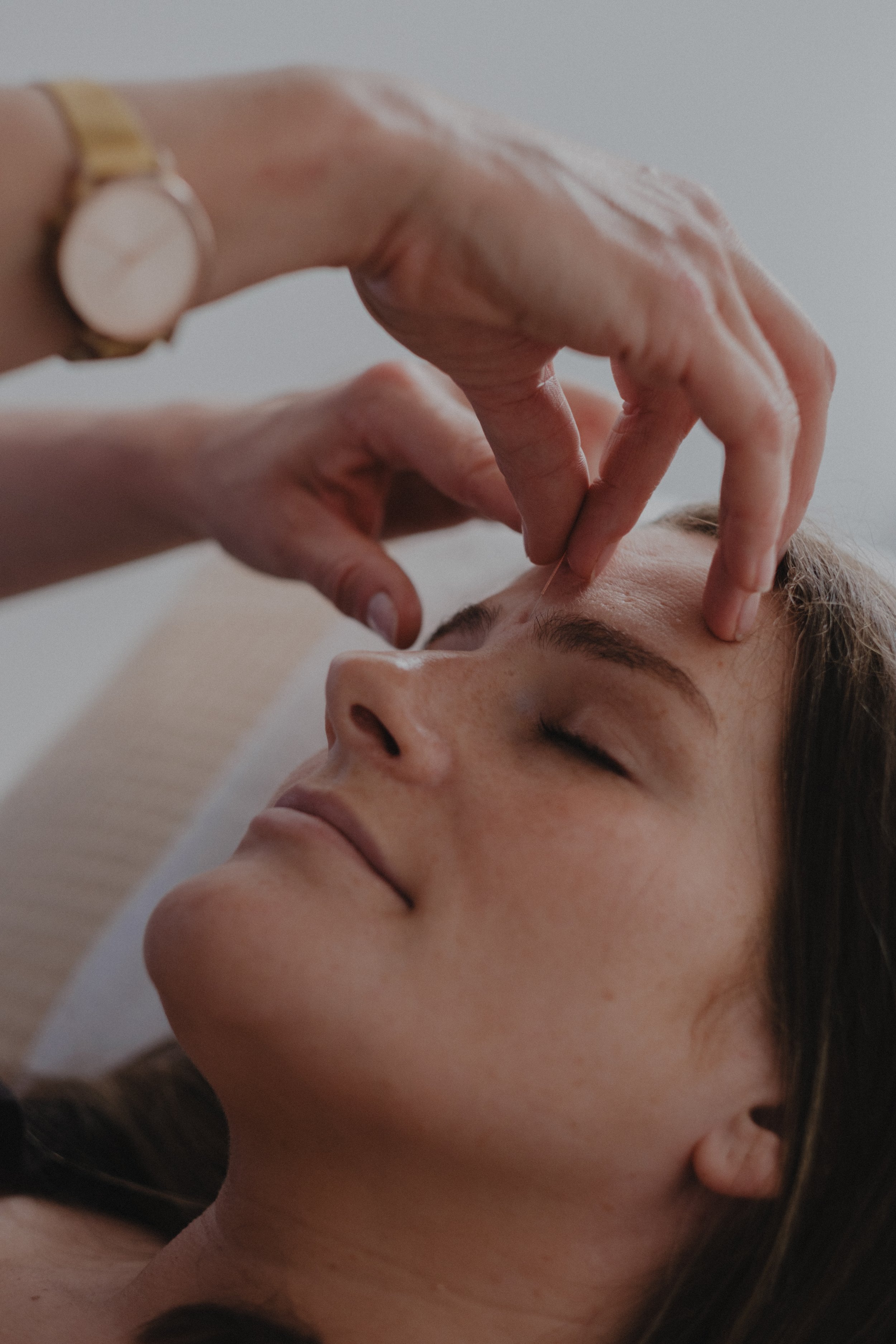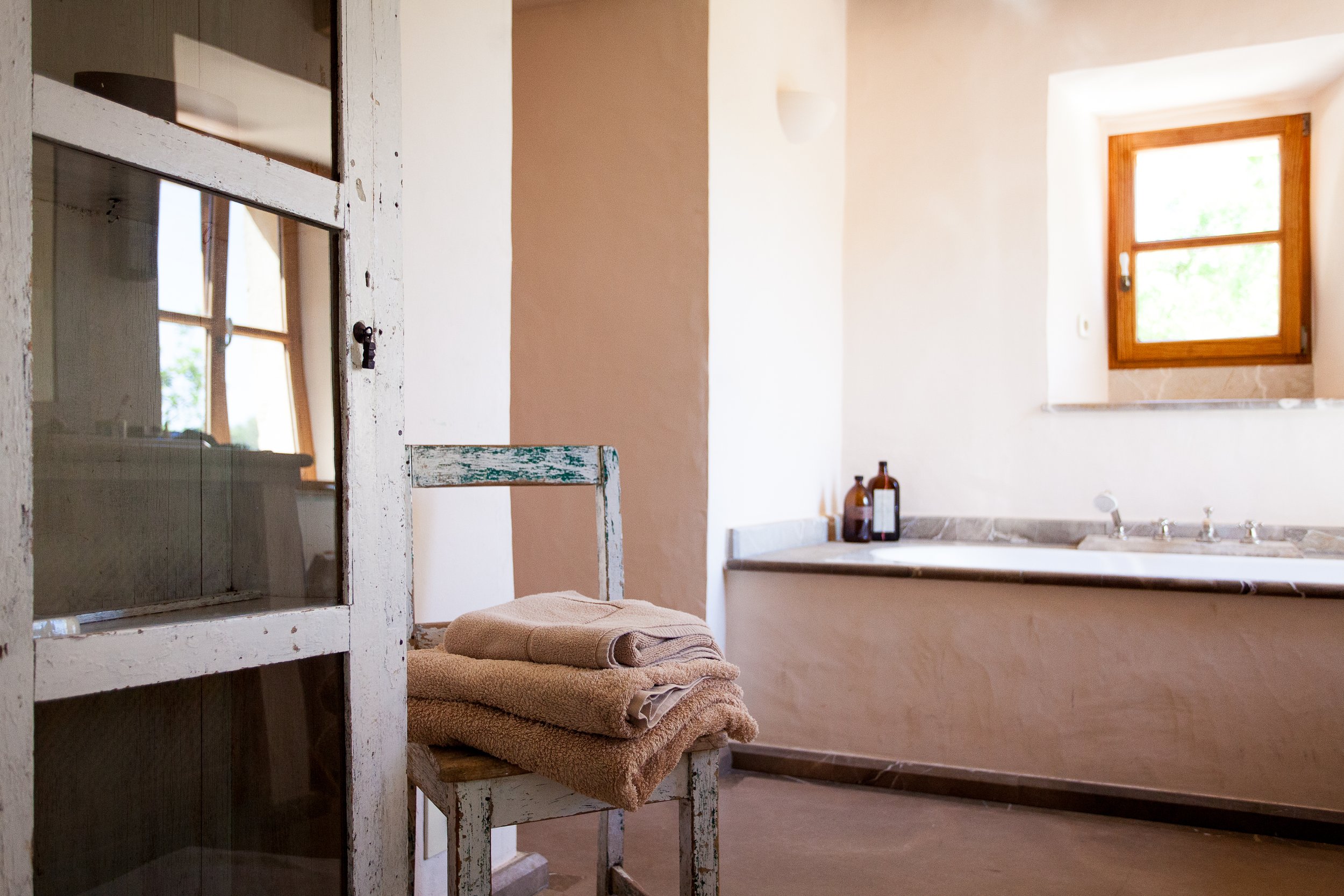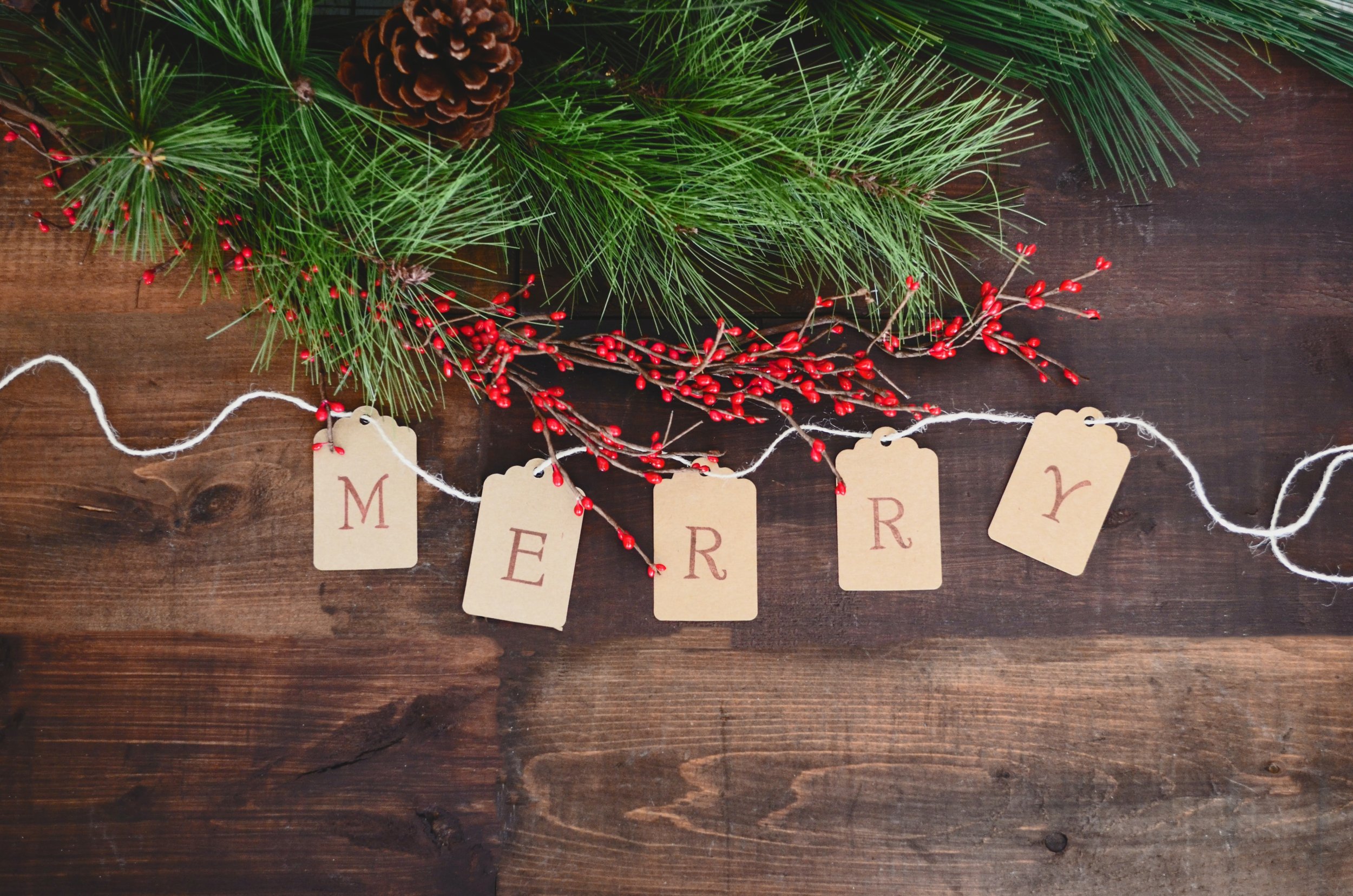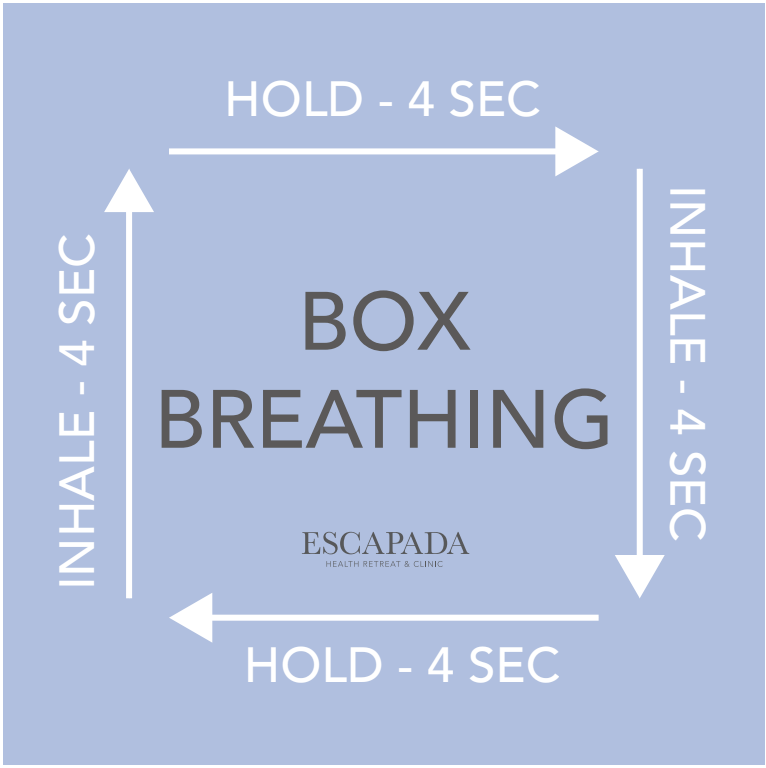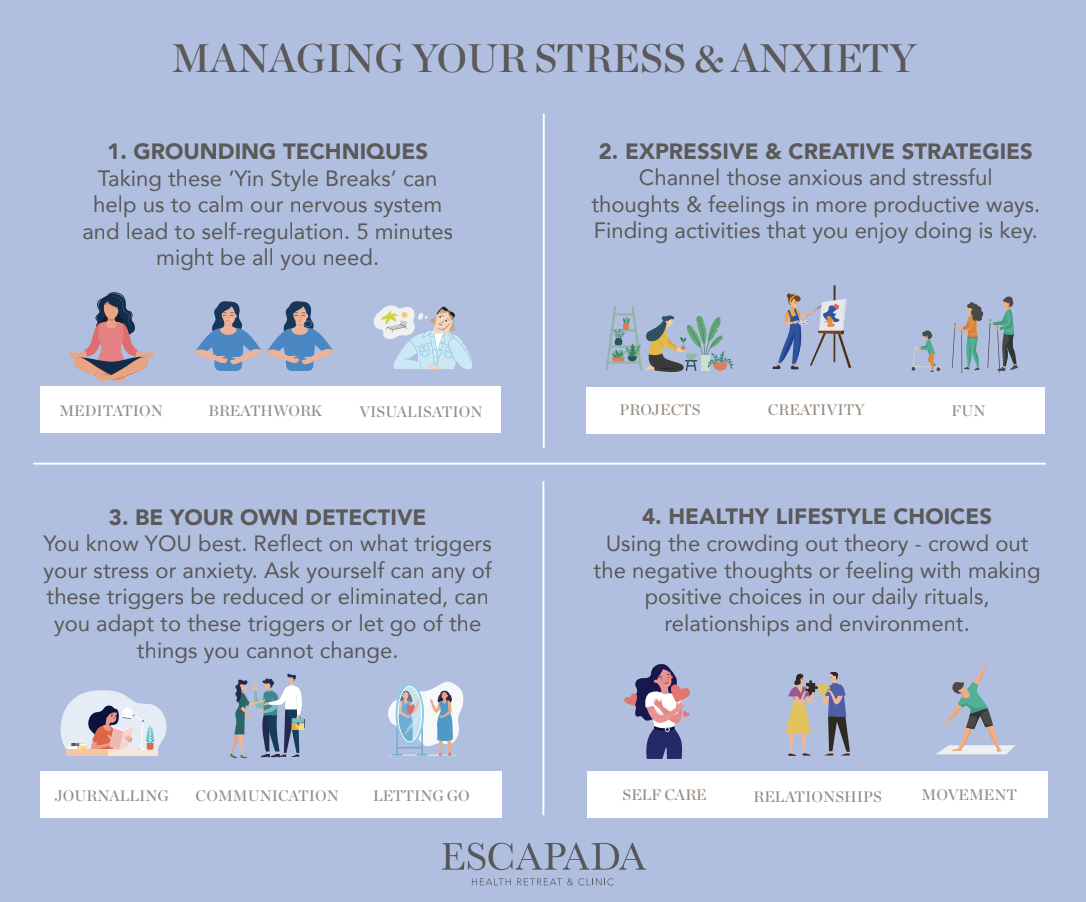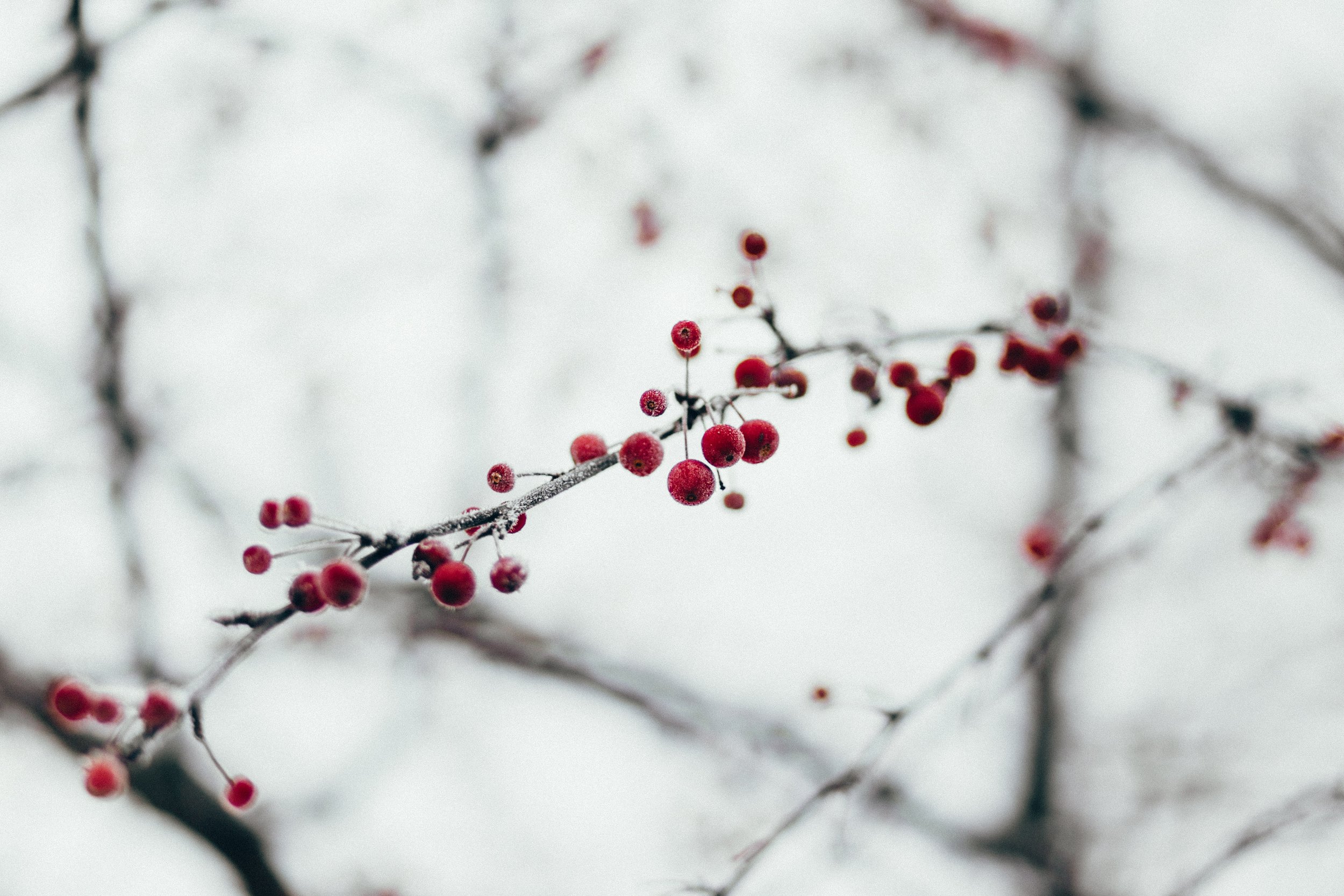Hayfever
Hay fever is an allergic reaction to pollen and therefore is common in spring and summer. Typical symptoms include itchy eyes, blocked or runny nose, sneezing fits and breathing problems. Some people react in a similar way to house dust and animals such as cats, dogs and horses. Most suffers rely on anti-histamines to get through the pollen season. Health complications from repeated hay fever attacks, year after year, may be an even more serious problem. Chronic sinusitis – inflammation of the sinus cavities is one of these problems. Another is nasal polps, or growths. In addition, significant percentages of people with hay fever have or develop asthma
In Clinic Support
The Treatment
Chinese medicine works to balance the body, helping it stay strong and resilient. By inserting needles just below the surface of the skin, a reaction is triggered to promote homeostasis. In addition to promoting a calmer nervous system, acupuncture points are chosen to address symptoms as they present, so, in peak allergy season we work on un-stuffing noses and clearing out lungs. Acupuncture is wonderful to provide immediate relief from runny noses, itchy eyes, sinus congestion and headaches.
Better yet, prior to allergy season we try to create a stronger healthier respiratory function so when the pollen count gets high, the body can handle it better. For allergic rhinitis treatment, a course of acupuncture will be prescribed. Usually, a block of treatments of between 6-8 weekly sessions. This course of treatment is ideal in the lead up to pollen session. Outside of pollen season it is important to attend your acupuncturist to do build up work, which will depend on the individuals diagnosis. Herbal medicine can also be used in conjugation with acupuncture if the Chinese medicine diagnosis requires it.
Nasal congestion, discharge and itching can be relieved during the first acupuncture treatment but it may take up to six sessions to get acute symptoms under control, however a large amount of symptoms are eased within the first couple of sessions. As hay fever is fundamentally the result of aweakness in the immune system it is important that the patient continues to see an acupuncturist outside of acute pollen season to build up their system for the following pollen season. Regular exercise, immune boosting foods and herbs may also form important aspects of the patient’s treatment.
As you can see the treatment will have a two-tiered approach, one treatment in peak pollen season and one outside of pollen season to do build up work. As we are all-different and have different constitutions, the treatment will depend on the individuals diagnosis from a full Chinese medicine consultation. Predominantly within pollen season the treatment will be directed towards clearing heat and congestion, reducing inflammation and pain relief. The beauty of Chinese medicine is always that it aims to treat the root of the problem, it is not a system of medicine that just treats the symptoms which is what essentially anti-histamines do. Outside of pollen season your practitioner will do “build up” work, treat the underlying deficiency’s within predominantly the lung, kidney and spleen channels. A variety of acupuncture points will be used around the body once a prescription of points has been decided on post the consultation. Again, acupuncture treats the individual – not the disorder or disease.
Outside of pollen season the acupuncture point prescription will directed towards boosting the immune system. When an acupuncturist is treating to build the bodies immune system up, they will predominantly treat the lung, spleen and liver channels.
At Home Support
Nasal Congestion:
Points used within an acupuncture session that can be massaged for relief or use your Gua Sha tool
Large Intestine 4. Located in the V formed between your thumb and pointer finger. This point is great for constipation, headache and sinus congestion. NOTE: this point should not be massaged in pregnancy
Large Intestine 20: Located right next to the end of nostril and is wonderful to relieve sinus pressure
Bladder 2: Found on the inside corner of the eyebrows. This point works to drain sinuses and reduce the pressure around the eyes
Gall bladder 14: Working with bladder 2, this point is great for reducing pressure around the eyes. GB14 is found directly above the center of the eye in the middle of the forehead
Itching:
Stomach 2: Located directly below the center of the eye just at the top edge of the cheekbone
Bladder 2: Found on the inside corner of the eyebrows. This point works to drain sinuses and reduce the pressure around the eyes
Large Intestine 11: On the top, outer end of the elbow crease. Bend your arm, press your thumb into the hollow located on the top, outer end of the elbow crease, directly above the elbow, between the elbow joint (below) and the muscle (above)
Bladder 1: In the depression just above the inner canthus of the eye


